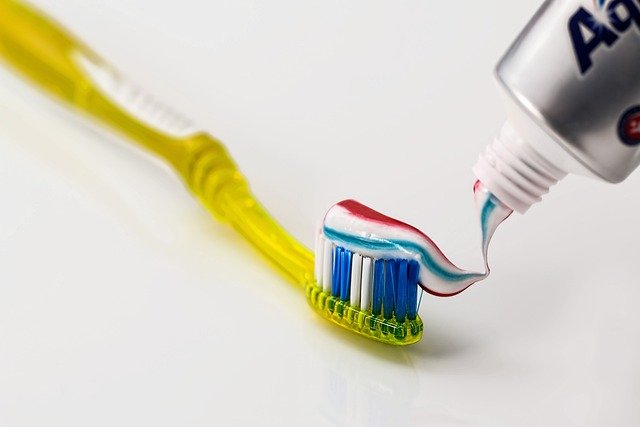Choosing the Right Scrubber Brush for Efficient Floor Maintenance
A scrubber brush is a small but crucial component of effective floor care, whether in a retail store, warehouse, or healthcare facility. Selecting the right brush affects cleaning performance, equipment life, and floor appearance. This article explains how scrubber brushes work, how to choose them for different surfaces, and how they fit into broader industrial cleaning and janitorial equipment strategies.

What is a floor scrubber?
A floor scrubber is a cleaning machine designed to remove soil and restore floor appearance by combining brushes or pads, water, and detergent under mechanical agitation. Brushes play the active role of agitation and scrubbing, working with solution dispensing and vacuum recovery systems to lift and remove dirt. Different brush types — from soft flagged to stiff wire — are matched to floor material and soil level. Proper brush selection improves cleaning efficiency, reduces cycle time, and avoids surface damage.
How does a cleaning machine use brushes?
Cleaning machines use brushes in two primary ways: rotary (disc) and cylindrical (roller). Disc brushes spin to agitate and scour surfaces, good for spot scrubbing and heavy soils. Cylindrical brushes rotate along the travel axis, sweeping debris into a hopper while scrubbing, which is useful for large open areas. Brush diameter, RPM, and bristle stiffness determine contact pressure and cleaning action. Operators should follow manufacturer recommendations for speed and downforce to optimize results and avoid excessive wear on both brush and floor.
Which brushes for industrial cleaning?
Industrial cleaning demands durable brushes that withstand heavy use and aggressive soils. Stiffer materials like polypropylene or tampico are common; stainless-steel wire is reserved for concrete or specialized industrial residues. Trim pattern matters too: straight-trim brushes deliver aggressive abrasion, while flagged or crimped bristles provide gentler, more thorough soil pickup. For industrial cleaning in warehouses or factories, choose brushes rated for your floor substrate and compatible with your scrubber’s pad driver or hub system to ensure safety and longevity.
Choosing brushes for floor cleaning
Match brush stiffness to floor type: soft bristles for vinyl, rubber, and finished wood; medium for tile and resilient floors; stiff for concrete and unsealed surfaces. Brush diameter and fill density affect coverage and contact time—denser fills concentrate force and lift embedded dirt. Consider water and chemical compatibility; some bristle materials degrade with certain detergents. Also factor in maintenance needs: replace when bristles splay or lose resilience to maintain consistent floor cleaning performance and avoid scratching or insufficient soil removal.
Scrubber brushes in janitorial equipment
In a janitorial equipment lineup, scrubber brushes should be part of a consumables plan that includes pads, squeegees, and filters. Standardizing brush mounts and sizes can simplify inventory for local services and in your area. Training janitorial staff to inspect brushes daily, rotate brush types by task, and store brushes off the floor extends service life. Environmental and cost-conscious operations may opt for brushes made from recycled polymers or modular brush segments that can be replaced individually rather than discarding the entire head.
Conclusion
Scrubber brushes may seem like a small detail, but their selection and maintenance have outsized effects on cleaning outcomes, equipment performance, and operating costs. Understanding compatibility with your floor scrubber or other cleaning machine, choosing the right bristle material and trim pattern for the floor type, and integrating brushes into janitorial equipment strategies will improve efficiency and protect surfaces. Regular inspection, proper cleaning, and timely replacement keep systems running effectively and support consistent, professional floor cleaning results.






